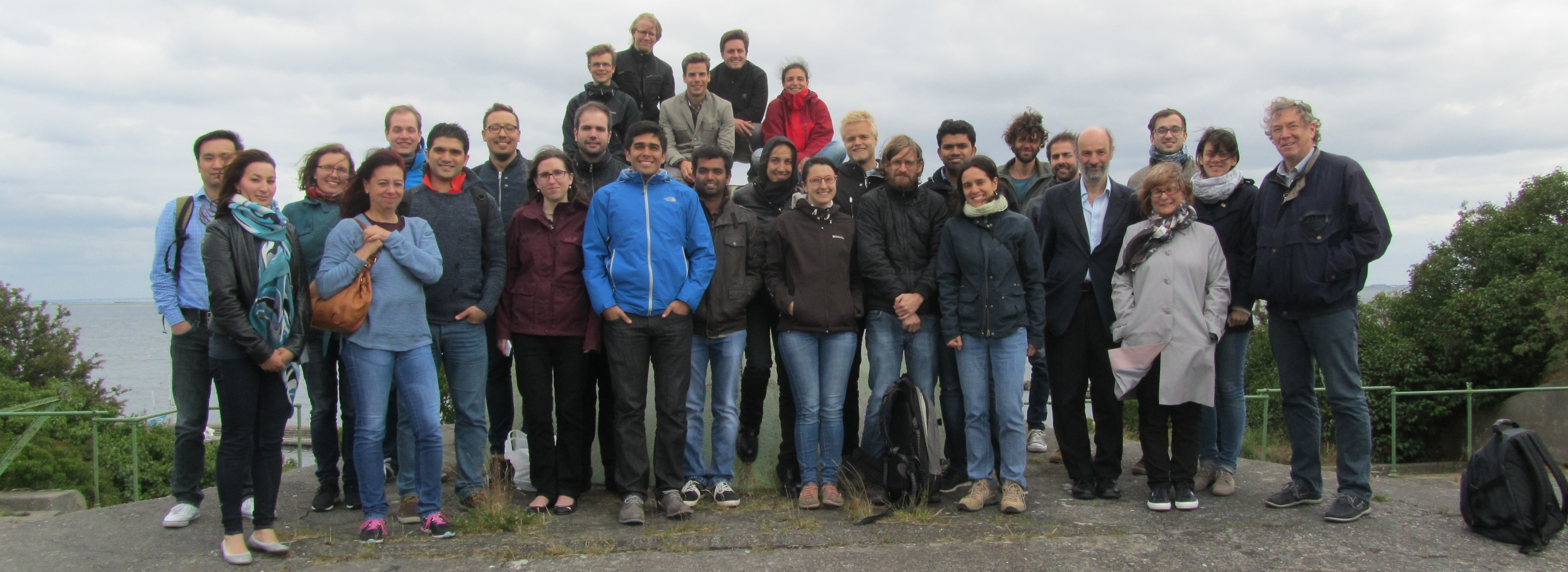Nowadays, more and more data related to building and building components originate from outdoor testing under time-varying and dynamic conditions, or from real life use of buildings. The question is: how can we evaluate the measured data?
Dynamic evaluation methods are techniques to analyze time series of data related to dynamic processes and to identify typical parameters of the physical processes for evaluation. Data from smart meters are typical examples of such time series and provides details of energy usage patterns.
From 22-26 June our colleagues Zsófia Bélafi and Döme Deme attended the week-long course at the campus of DTU in Lyngby, Denmark. The main purpose of the summer school was to train the students in a methodology for evaluation of measured data. Statistical modelling methods for using such time series data were discussed to assess valuable information about the energy performance of a building or the building element. An introduction to essential statistical techniques for model evaluation and selection was given with examples and through exercises. Many of the dynamic methods can be seen as techniques which bridge the gap between physical and statistical modelling. During the summer course, information on relevant software was given and software tools were used in the exercises. Specifically the focus was on how to extract essential performance parameters of buildings using these models and techniques.
It was shown how models of different complexicy should be applied depending on the detail of the available data: time resolution and available signals, as well as the properties of the building and system. Dynamic analysis methods linked to appropriate models can give rather detailed information about the various components of a building. Source: DTU, Department of Applied Mathematics and Computer Science



